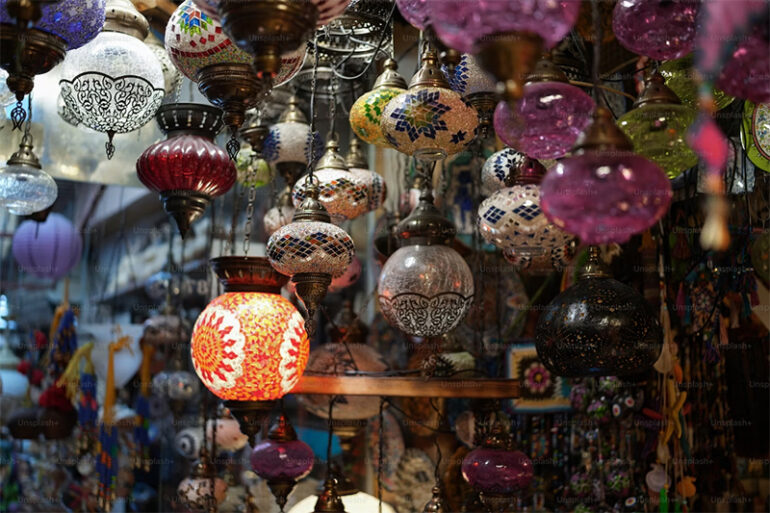Glassblowing is a beautiful art technique that has drawn admirers of fine art for generations. The process entails the shaping and molding heated glass into exquisite items, which can include ornamental figurines to valuable goods like bowls, vases, and glassware for drinking. The art of glassblowing has a rich history dating back to the Roman Empire and continues to be cherished in modern times.
Glassblowing, which started in the Middle East circa 50 BC, rapidly became a widely embraced craft worldwide, including in the Roman Empire. Roman glasswork was recognized for its intricate design and was frequently utilized for practical items like drinking cups and window panes. Throughout the Middle Ages and the Renaissance, glassblowing continued to advance as artists experimented with new methods and aesthetics. With the development of new equipment and techniques for mass manufacturing in the 19th century, glassblowing became increasingly industrialized. Regardless, glassblowers persisted in producing distinctive and artistic works that emphasized the elegant qualities of glass as an ideal material for sculpting objects and figures.
Glassblowing techniques
The art of glassblowing is quite sophisticated and demands a high level of expertise. Glass is first heated to a temperature of roughly 2,100 degrees Fahrenheit, rendering it flexible and soft. After that, the glass is shaped with various implements unique to the art form. These include blowpipes, paddles, and jacks. A bubble is produced after blowing into the blowpipe. This bubble can then be sculpted and molded into different shapes. Using various methods, the glass can also be tugged, twisted, and bent to produce complex patterns and shapes.
Although glassblowing may produce beautiful results, glassblowers have a few challenges to face. One of these is ensuring that the temperature is well-controlled. If cooling happens too soon, the glass may shatter. On the other hand, slow cooling may result in the glass becoming overly soft and losing form. Apart from this, glassblowers need to take extra care to prevent air bubbles that can affect the pristine appearance of the finished product. Although the glassblower frequently faces these challenges, this art form continues to fascinate both artist and their audience, most of whom are not only art lovers but those captivated by the glassblowing process.
Glassblowing’s elegance and versatility
The versatile nature of glassblowing is one of its most outstanding characteristics. Many artists across different fields prefer to use glass as a medium because of its remarkable ability to be shaped into a limitless variety of forms. Glass bowls, vases, and drinking glasses can be found in homes and businesses all over the world. At the same time, art collectors covet glass figurines and sculptures. The distinctive properties of glass itself are another facet of its aesthetic appeal. The luminous quality of glass can be accentuated through the careful utilization of texture and color. In addition, since glass is transparent and light can flow through it, it gives objects a sense of dimension and thickness, that is uncommon in other construction materials.
The fascinating art of glassblowing has endured throughout history. Both artists and art enthusiasts continue to be inspired by its rich history and various techniques.
Photo Attribution:
1st and featured image from https://unsplash.com/photos/2kgYyHWsDbQ
2nd image from https://unsplash.com/photos/zRhnrgFk_Jc

